Analysis and commentary on the Network’s experiences coordinating climate-resilient development.
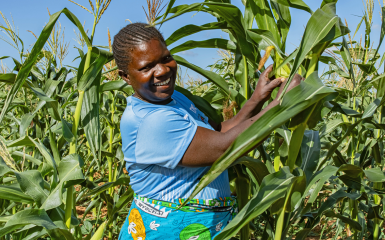
How Countries Are Advancing Monitoring, Evaluation, and Learning Across Their National Adaptation Plan Processes
Monitoring, evaluation, and learning (MEL) systems are a core component of both the national adaptation plan (NAP) process and the NAP document. They are designed to assess whether adaptation strategies are achieving their intended outcomes, to understand how and for whom they are effective, and to inform adjustments based on evidence. Essentially, MEL systems generate insights on what works, what does not, and why, […]

Kenya’s Next Chapter in Climate Resilience Shaped by Community Voices
Highlights from the recent Envisioning Resilience Policy Dialogue in Kenya
A policy dialogue as part of Envisioning Resilience Kenya recently brought national decision-makers together with women from arid and semi-arid regions to discuss the latter’s experiences with climate impacts, documented through photography and storytelling. The policy dialogue marked the culmination of a months-long process where seven women from Kajiado county’s Maasai community, south of Nairobi, […]
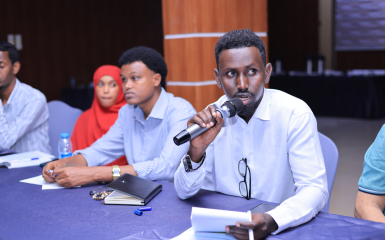
Somalia Advances Its First National Climate Change Action Plan
On October 21, 2025, the Government of Somalia hosted a workshop in Mogadishu, where key actors validated the country’s National Climate Change Action Plan 2025–2030.
On October 21, 2025, the Government of Somalia hosted a workshop in Mogadishu, where key actors validated the country’s first National Climate Change Action Plan 2025–2030 (NCCAP). The plan facilitates the implementation of Somalia’s national and international commitments on climate change, including the priority actions identified in its National Adaptation Plan (NAP), Nationally Determined Contribution 3.0, […]
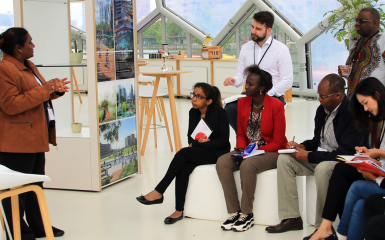
What It Looks Like to Integrate Effective Learning Into National Adaptation Plan Processes
Julie Dekens (International Institute for Sustainable Development) and Blane Harvey (McGill University)
Adapting to the impacts of climate change demands significant shifts in attitudes, behaviours, and practices, both among those directly affected and among policy and decision-makers. For instance, farmers may need to transition away from cultivating crops that are highly sensitive to climate hazards. At the same time, policy-makers must systematically integrate climate change adaptation […]
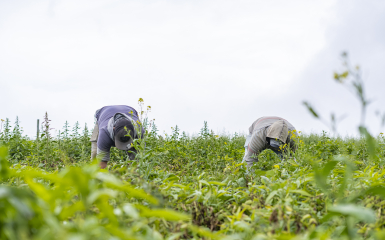
NAPs in Action: Four stories of adaptation plans driving change
Over the past 10 years, the NAP Global Network has focused on supporting developing countries in determining their priority actions to adapt to the changing climate. Now, more and more countries are stepping up their efforts to move beyond planning and turning their NAPs into action. Here are just four examples of how countries are […]

Marshall Islands Youth Engage on Climate Change Adaptation
Marshallese youth gathered for the Climate Adaptation Arts Seminar (CAAS) 2025 using art, culture, and education to strengthen awareness and action on climate change adaptation.
The Republic of the Marshall Islands’ non-governmental organization Jo-Jikum hosted the Climate Adaptation Arts Seminar (CAAS) 2025, engaging more than 50 youth to raise awareness on climate change impacts and adaptation and connect with their heritage. The 2025 CAAS was held between July 28 and August 8 and focused on the Marshall Islands’ National Adaptation […]
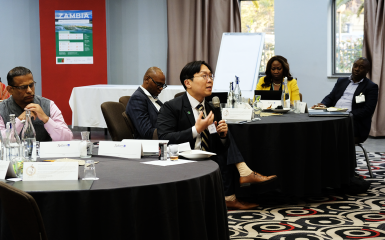
Country Representatives and Funders Team Up to Accelerate Adaptation Finance Across Southern and Eastern Africa
In an effort to strengthen climate resilience across the region, the Government of Zambia, NAP Global Network, and UNDP co-hosted an Adaptation Investment Matchmaking Symposium on Monday in Lusaka, Zambia, on the sidelines of NAP Expo.
In an effort to strengthen climate resilience across the region, the Government of Zambia, NAP Global Network, and UNDP co-hosted an Adaptation Investment Matchmaking Symposium on Monday in Lusaka, Zambia, on the sidelines of NAP Expo.

Save the Children and NAP Global Network Partner to Boost Education in Adaptation Planning
New partnership between Save the Children and the NAP Global Network to support developing countries on strengthening the education sector in national adaptation plan (NAP) processes.
Save the Children and the NAP Global Network are partnering to provide support to developing countries on strengthening the engagement of the education sector in national adaptation plan (NAP) processes. With funding from the Global Partnership for Education’s Climate Smart Education Systems Initiative, Save the Children has seconded an education specialist for a minimum of […]
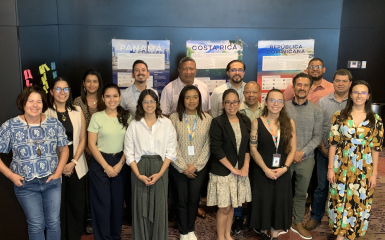
Implementing National Adaptation Plans through Nature-based Solutions for Sustainable Tourism in Coastal and Marine Areas
Panama City, Panama | May 19-21, 2025
Español From May 19 to 21, the Government of Panama hosted representatives from Costa Rica and the Dominican Republic in Panama City for peer learning on nature-based solutions (NbS) in adaptation planning in the tourism sector, with a focus on coastal and marine areas. In this peer learning exchange workshop, participants shared good practices, lessons, […]

“My Photos Are Giving a Voice to the People”: The Rwandan women shaping adaptation plans
In Rwanda, the Envisioning Resilience program in partnership with the NAP Global Network, Lensational and the Rwanda’s Women Network have been training women to use photography to document climate change impacts to share their experiences with policy decision makers.

Implementación de los PNA a través de Soluciones basadas en la Naturaleza para un Turismo Sostenible en Áreas Costeras y Marinas
Ciudad de Panamá, Panamá | 19-21 de mayo de 2025
English Panamá fue sede anfitriona de un intercambio de tres días como parte del Grupo de Aprendizaje entre Pares sobre la implementación de los planes nacionales de adaptación (PNA) a través de soluciones basadas en la naturaleza (SbN) para el turismo sostenible en áreas costeras y marinas, del 19 al 21 de mayo de […]
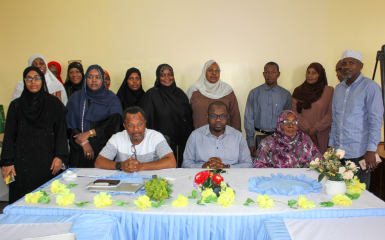
Zanzibar Paves the Way to Assess Risks and Vulnerabilities to Impacts of Climate Change
The government of Zanzibar hosted a workshop on Pemba Island for key stakeholders to discuss a shared approach to assessing climate risks and vulnerabilities.
Participants from government, non-governmental organizations, and communities gather for the climate risk and vulnerability assessment workshop on Pemba Island (Photo by Huzaimat Makame Vuai) On April 5, 2025, the Government of Zanzibar hosted a workshop on Pemba Island in the Zanzibar archipelago to bring together a diverse group of key stakeholders to build consensus on […]